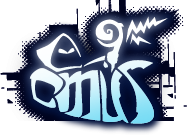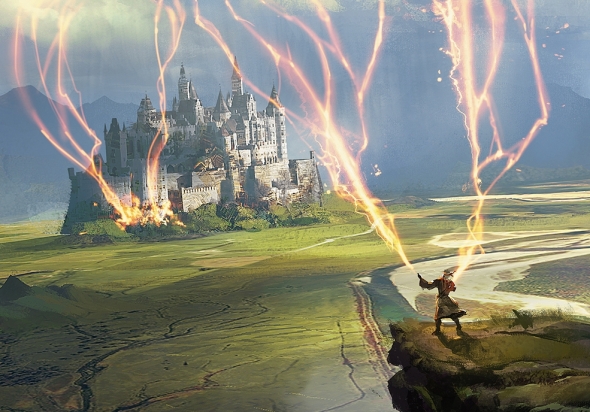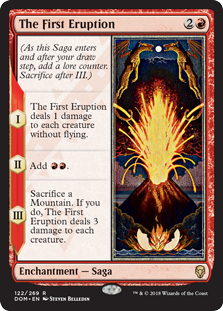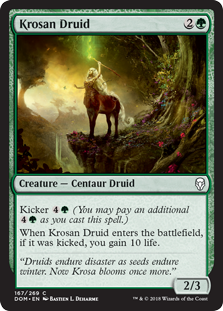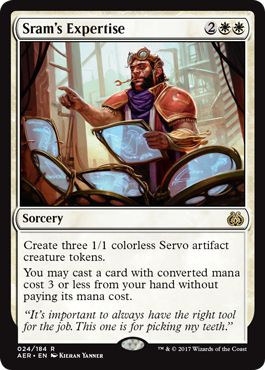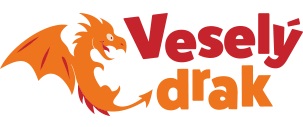Ten text u Corrosive Ooze je určite správny?
"Schopnost tohoto slizu vidí vybavení, jež měla bytost na sobě v okamžiku smrti" - z čoho vychádza toto pravidlo, resp. abilita oozy nič také nesignalizuje. Abilita necieluje, čiže čo sa stane určuje až jej vyhodnotenie a tam sa jasne píše, že má zničiť equipy, ktoré sú na príšere nasadené, nič viac, nič menej.
0 hlasů
